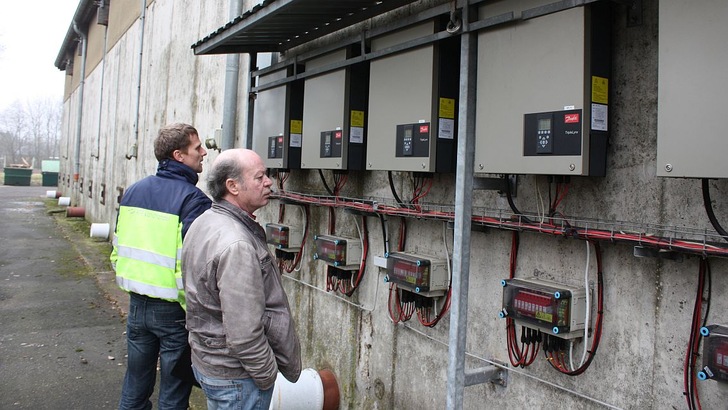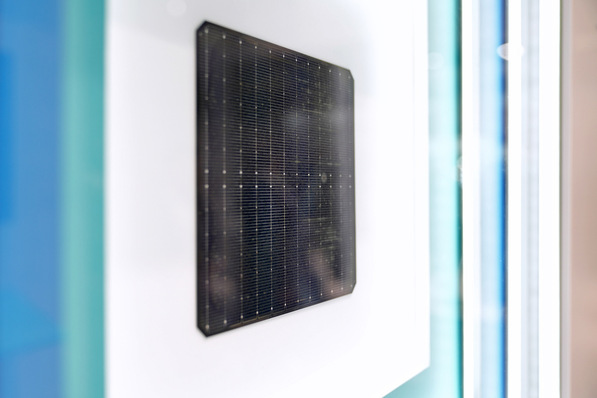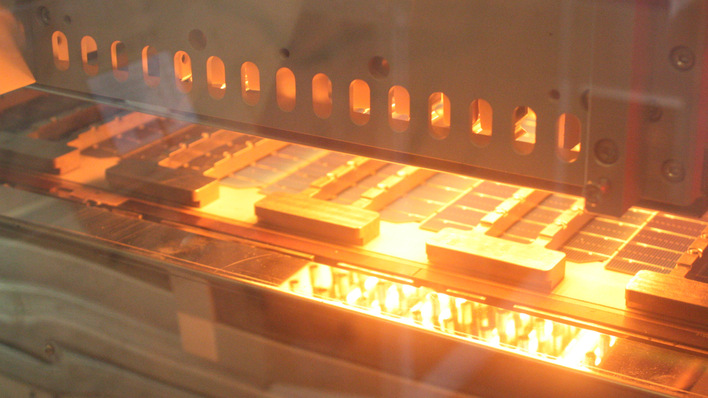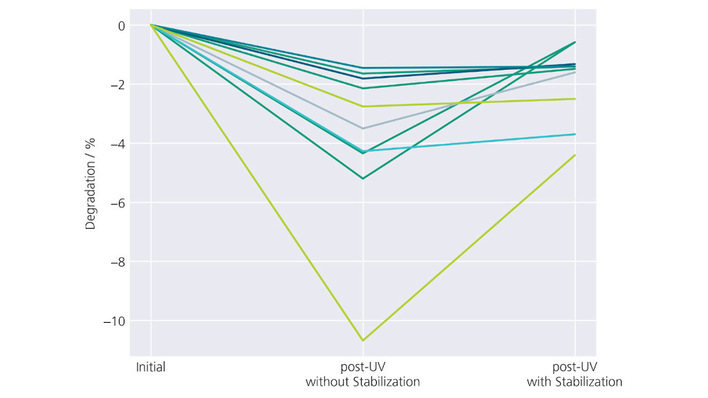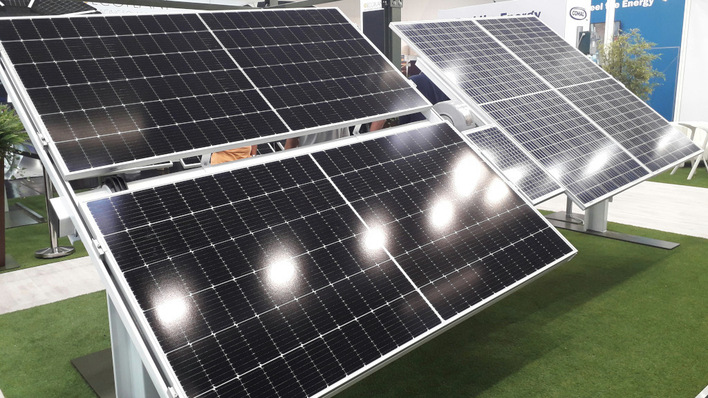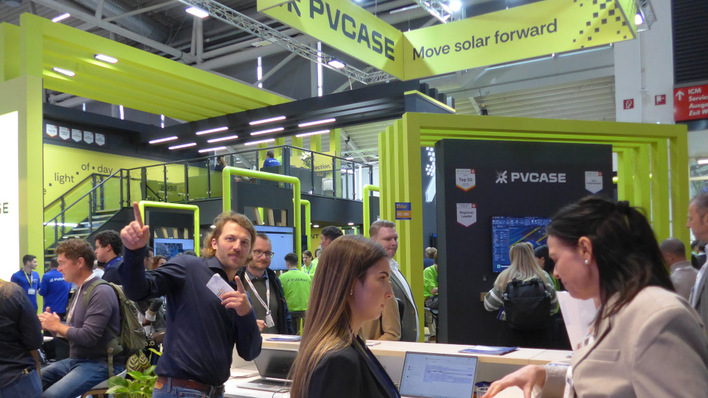At first, the condition was that an infrared image was to be taken of every single faulty panel as proof, stating the serial number for each panel. However, the serial number is at the back of the panels, which means that the installing company would have to completely take the damaged installations – usually more than 200 panels – off the roof and take readings for each panel under appropriate irradiation conditions.
That is a very expensive process that no one is willing to pay for. “These damages have since cost me 50,000 euros,” Hans Joachim Här says. “That was supposed to be my retirement fund.” Per panel he can expect to pay 30 euros for removing the faulty panels and the remounting of the replacements. And this is money he will never get back.
Because it goes without saying that he feels a responsibility towards his customers and does not want to leave them in the lurch. The lack of yield from the switched-off installations, the removal and re-mounting and the assessments also generate costs, which according to Ove Asmussen add up to about 150,000 euros – by late February. Back then we actually travelled from Berlin to Weddingstedt and Leck in order to see the sad truth for ourselves.
Why are the solar panels being repaired?
Repair or exchange for new panels? S-Energy’s production capacity is 500 megawatts per year. A Munich-based retailer currently has between 12 and 15 megawatts of new panels for sale. Why repair any of the faulty panels – several megawatts all told – at all? Wouldn't it be much quicker and cheaper – for all involved – to put new panels onto the roofs?
Before Suncycle was commissioned, other service providers had already declined: The problem of S-Energy’s faulty soldering joints massive and has been known on the market for a long time. “The issue around this repair procedure cannot really be resolved,” an expert judges. To refurbish the soldering joints, Suncycle’s repair centre in Isseroda removes a portion of the back-skin, re-applies the soldering and refits the back-skin. Then the panels are resealed using silicone.
A phone call to our offices
Also, the service provider also has no way out of the catch-22 that they are in: They can only take action if given the green light by S-Energy. But they are in the Far East and keeps doing things Gangnam-style. The company man in Frankfurt/Main also mostly keeps below the radar. And nothing happens without the go-ahead from Korea.
By calling our offices in December, Hans Joachim Här got the ball rolling. Or even: He started an avalanche. One or two annoyed installing companies or operators of installations get in touch with us every week. They all have the same problem: S-Energy was clearly sloppy when soldering the cell strings and connectors together. With some panels it is obvious at first glance that the soldering is shoddy. With others, the problem only manifests itself years later: in the form of slow electrical fires. And the hot spots can then also cause breaks in the glass – easy to detect by the cloudy front glass.
The scandal creates a stir
This scandal is now beginning to create more and more of a stir and should also impact the current trading partners of S-Energy. They still have several megawatts that are still waiting to be sold into the European market. To be fair, the faulty panels (which were from the years 2009 through 2014) have nothing to do with those that are currently being delivered, nor with these retail companies. However, it cannot be ruled out that new panels will – eventually – also run into such problems. The retailers are aware of these claims, but the goods continue to be sold.
The majority of the objectionable panels were distributed through Donauer and Hawi at the time. Both retailers have since gone insolvent. Back then, Donauer had signed an insurance policy with Munich Re, in case S-Energy should one day go insolvent.
Now S-Energy is still an active participant in the market, albeit without naming a place of jurisdiction in Germany. The company has so far not commented on the claims, or only after much hesitation. It is generally left to Suncycle to deal with the disputes with the angry customers, but they cannot really do more than shrug it off.
At least: The management at Suncycle immediately reacted to our reports in order to clear up the matter. Now the ball is in the Korean’s court. One thing is clear: Anyone wanting to remain active in the European market has to be quick and bureaucratic in how they deal with such claims. “You know, production faults like that can happen,” Hans Joachim Här says. “But in that case you have to quickly come to the assistance of your customers and not procrastinate such claims. And the manufacturer needs to take over all the costs.” It is time that S-Energy show their cards. Party’s over, no more Gangnam Style! (Heiko Schwarzburger)
Read part one: S-Energy offers service in Gangnam style
Read more about solar modules
Stay informed, get our newsletter twice a week. Register here: http://www.pveurope.eu/Newsletter
Related news:
http://www.pveurope.eu/Products/Solar-Generator/Solar-modules


